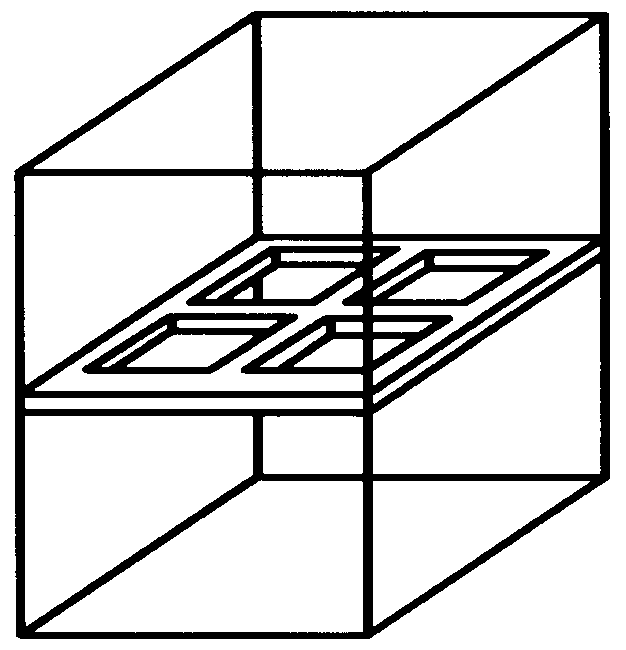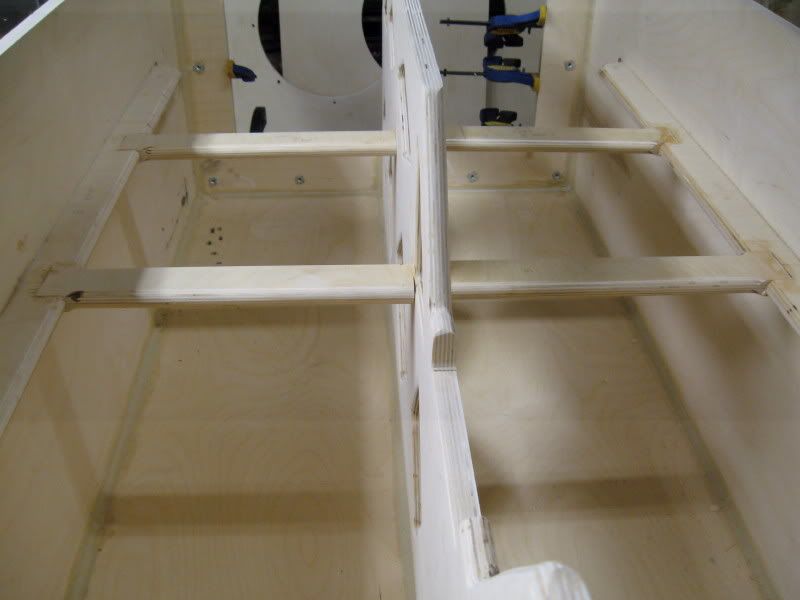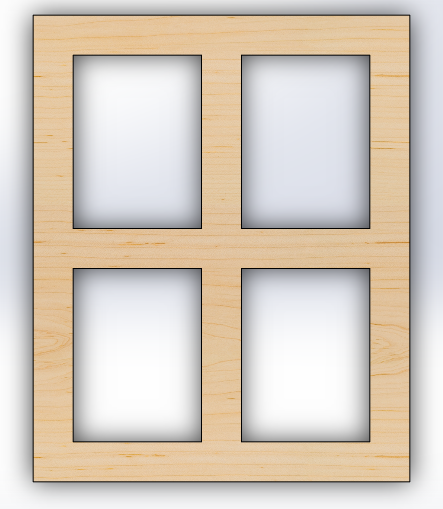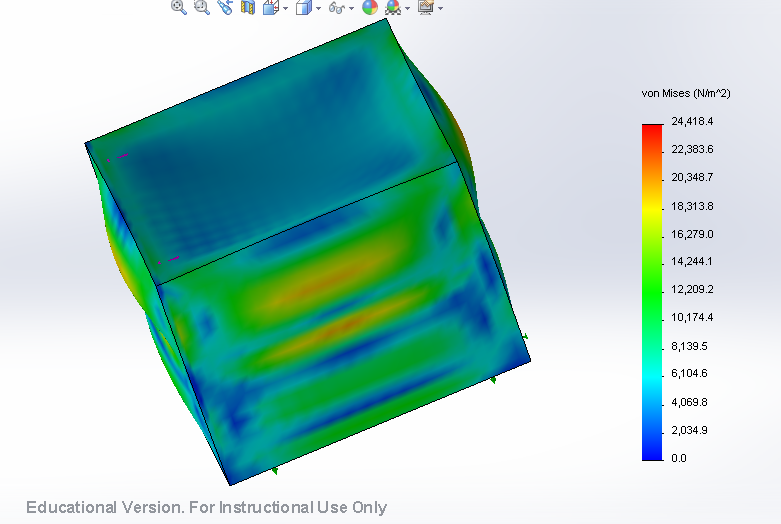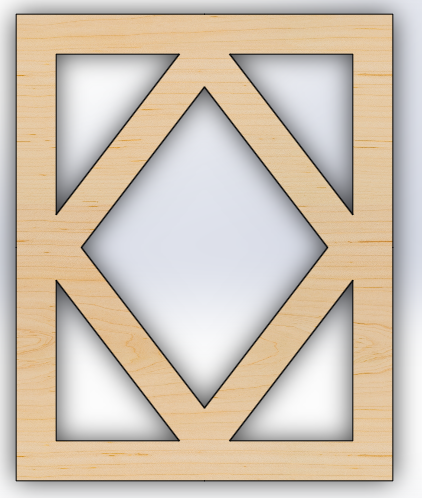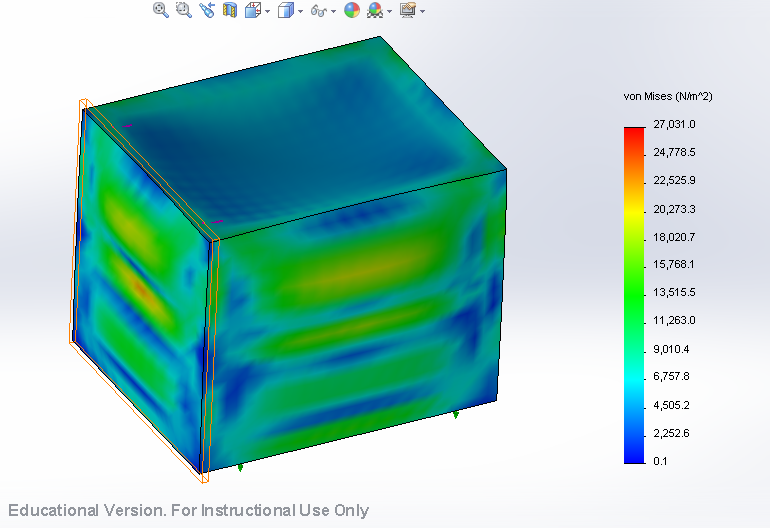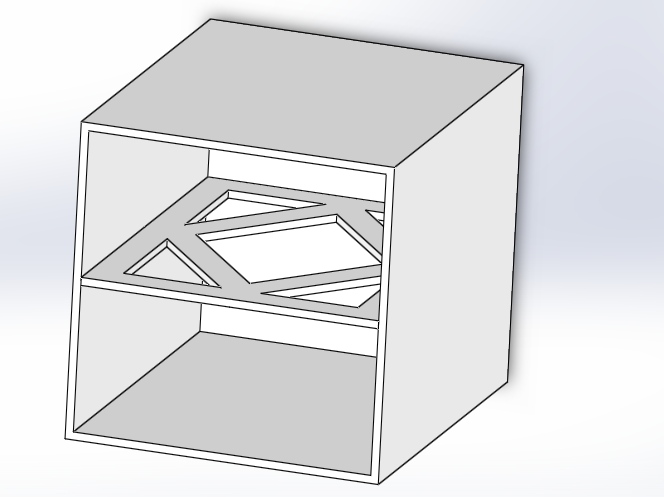Hoodcom
Well-Known Member
I've bought a Dayton Audio RSS460HO-4 18" subwoofer, and have plans to build a sealed 10 cubic foot enclosure for it. Basing off the inner/outer dimensions of these plans so it will match my Stroker 18 cabinet when it gets built. :thmbsp:
Even ran through WinISD to get a graph of the frequency response.
http://reeseriverson.com/rriverson/Dayton18inch-10cubicftbox-spldata.png
However upon researching here at AK I found a lot of mention on internal bracing, and I have seen various methods as well. So I have some questions. :scratch2:
I'm thinking of 3/4" inch birch, (Especially after reading this thread), and for an enclosure of 29 3/4" H x 23 3/4" W x 35 3/4" external dimensions, what would be ideal in brace support? As far as sections of it, go... or design..
*Edit* I plan to use 1" MDF, as an update.
I noticed that a couple of posts here also show some bracing designs to include support of the front baffle like this one.
*Edit 2* After running things through WinISD and some ideas from researching, I found that a 10 cubic foot enclosure for a single driver wouldn't be a good idea, especially when power handling is a concern with it's excursion capability... however! Since I have two Dayton drivers, my new plan calls for a 7 cubic foot, dual opposing enclosure for use of both Dayton drivers.
Even ran through WinISD to get a graph of the frequency response.

http://reeseriverson.com/rriverson/Dayton18inch-10cubicftbox-spldata.png
However upon researching here at AK I found a lot of mention on internal bracing, and I have seen various methods as well. So I have some questions. :scratch2:
I'm thinking of 3/4" inch birch, (Especially after reading this thread), and for an enclosure of 29 3/4" H x 23 3/4" W x 35 3/4" external dimensions, what would be ideal in brace support? As far as sections of it, go... or design..
*Edit* I plan to use 1" MDF, as an update.
I noticed that a couple of posts here also show some bracing designs to include support of the front baffle like this one.
*Edit 2* After running things through WinISD and some ideas from researching, I found that a 10 cubic foot enclosure for a single driver wouldn't be a good idea, especially when power handling is a concern with it's excursion capability... however! Since I have two Dayton drivers, my new plan calls for a 7 cubic foot, dual opposing enclosure for use of both Dayton drivers.
Last edited:


